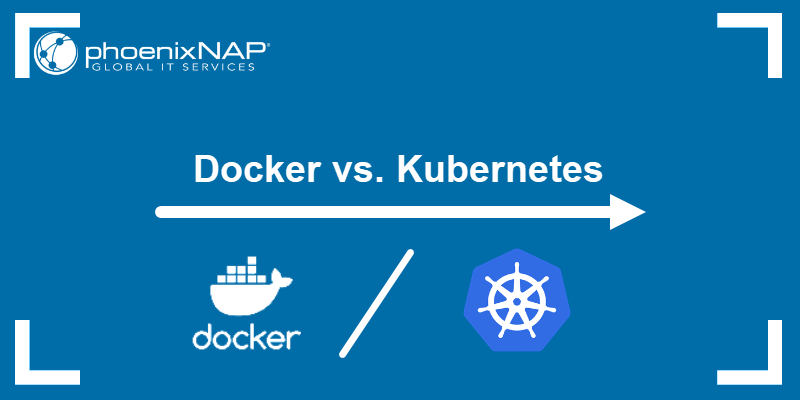

- #Ubuntu docker and kubernetes install#
- #Ubuntu docker and kubernetes driver#
- #Ubuntu docker and kubernetes download#
We need to set Security group inbound for the ip range of NodePort: So, let's expose the Pod to the public using the kubectl expose kubectl expose deployment hello-node -type=NodePort -port=8080 To make the hello-node Container accessible from outside the Kubernetes virtual network, we have to expose the Pod as a Kubernetes Service. The Pod runs a Container based on the provided Docker kubectl create deployment hello-node -image=/echoserver:1.4īy default, the Pod is only accessible by its internal IP address within the Kubernetes cluster. Use the kubectl create command to create a Deployment that manages a Pod. NAME TYPE CLUSTER-IP EXTERNAL-IP PORT(S) AGE No resources found in default kubectl get svc This can also be done automatically by setting the env var CHANGE_MINIKUBE_NONE_USER=trueĭone! kubectl is now configured to use "minikube"Ĭheck the minikube using kubectl get pods Sudo chown -R $USER $HOME/.kube $HOME/.minikube Sudo mv /home/ubuntu/.kube /home/ubuntu/.minikube $HOME For example, to overwrite your own settings, run: To use kubectl or minikube commands as your own user, you may need to relocate them. Kubectl and minikube configuration will be stored in /home/ubuntu
#Ubuntu docker and kubernetes driver#
Most users should use the newer 'docker' driver instead, which does not require root! The 'none' driver is designed for experts who need to integrate with an existing VM > kubelet: 108.01 MiB / 108.01 MiB 100.00% 174.05 MiB p/s 1sĮnabling addons: default-storageclass, storage-provisioner Preparing Kubernetes v1.18.0 on Docker 19.03.6. Running on localhost (CPUs=2, Memory=957MB, Disk=7876MB). Starting control plane node in cluster minikube Then, try to start minikube minikube start -driver=none Processing triggers for man-db (2.8.3-2ubuntu0.1).

56919 files and directories currently installed.) Selecting previously unselected package conntrack. The following NEW packages will be installed:Ġ upgraded, 1 newly installed, 0 to remove and 27 not upgraded.Īfter this operation, 104 kB of additional disk space will be used.

Sorry, Kubernetes v1.18.0 requires conntrack to be installed in root's path Using the none driver based on user configuration Minikube supports a -driver=none option that runs the Kubernetes components on the host and not in a VM.įor more info about the "none", please check sudo minikube start -driver=none

#Ubuntu docker and kubernetes download#
Download the latest release with the curl -LO `curl -s `/bin/linux/amd64/kubectl.
#Ubuntu docker and kubernetes install#
We can follow the instructions from Install and Set Up kubectl. Inspect and manage cluster resources, and view logs. The Kubernetes command-line tool, kubectl, allows us to run commands against Kubernetes clusters to deploy applications,


 0 kommentar(er)
0 kommentar(er)
